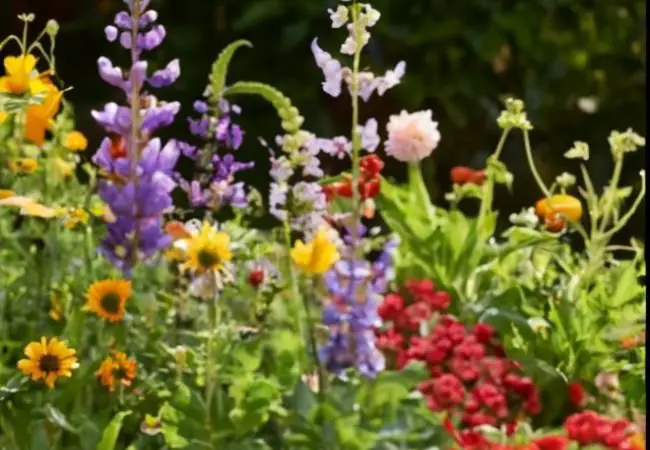Discover the best perennial flowering plants for USDA Zone 5. Learn about hardy, beautiful options to create a stunning garden that blooms year after year. Expert tips and care advice included.
The best perennial flowering plants for USDA Zone 5 include Coneflowers (Echinacea), Black-Eyed Susans (Rudbeckia), Daylilies (Hemerocallis), Peonies (Paeonia), and Hostas. These plants are hardy enough to withstand Zone 5’s cold winters and provide beautiful blooms during the growing season.
As a horticulturist with over two decades of experience in Zone 5 gardening, I’m excited to share my knowledge about the most reliable and stunning perennial flowering plants for this climate. Zone 5, with its cold winters and warm summers, presents unique challenges and opportunities for gardeners. Let’s explore the best options to create a vibrant, long-lasting garden in this region.
Understanding USDA Zone 5
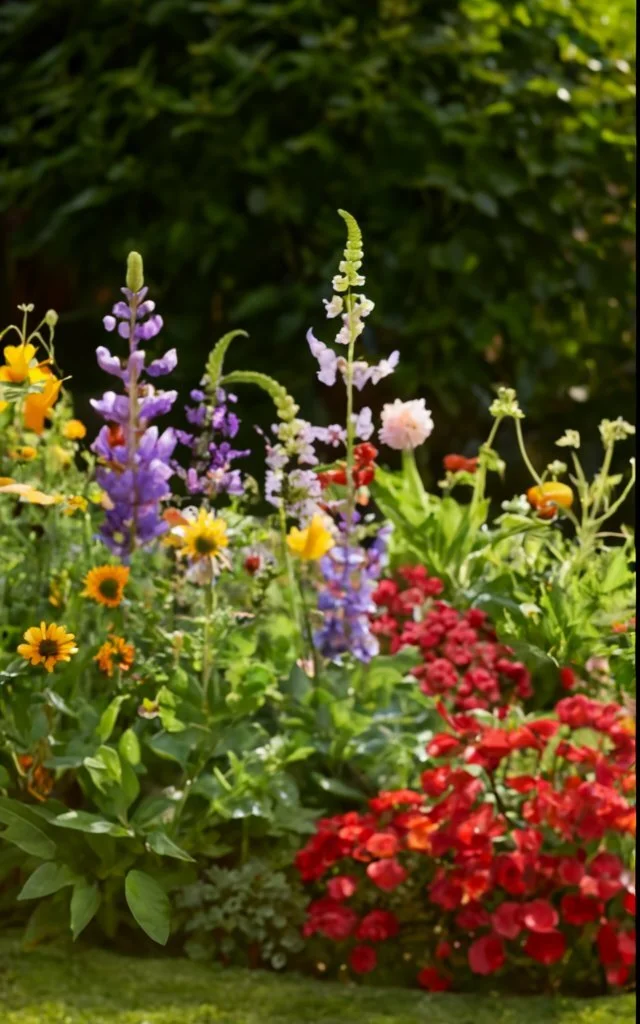
Climate Characteristics
Zone 5 typically experiences:
- Winter temperatures as low as -20°F to -10°F (-29°C to -23°C)
- Last frost date around mid-April to early May
- First frost date around mid-October
For more detailed information on USDA Hardiness Zones, visit the USDA Plant Hardiness Zone Map.
Top Perennial Flowering Plants for Zone 5
1. Coneflowers (Echinacea)
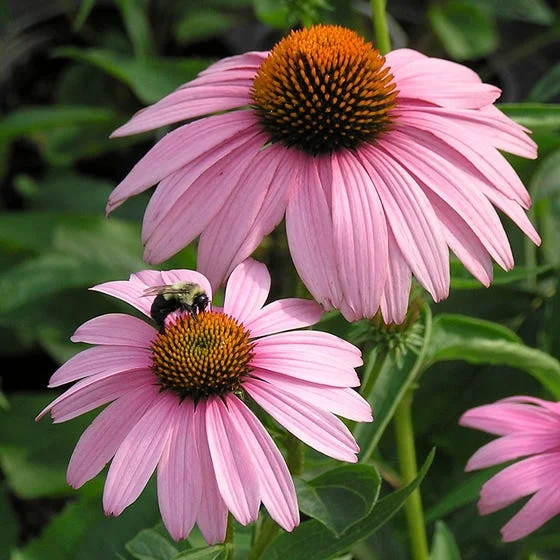
Characteristics:
- Daisy-like flowers in various colors
- Blooms from midsummer to fall
- Drought-tolerant and attracts pollinators
Care Tips:
- Plant in full sun
- Well-draining soil
- Divide every 3-4 years
Learn more about Echinacea cultivation from the Chicago Botanic Garden.
2. Black-Eyed Susans (Rudbeckia)
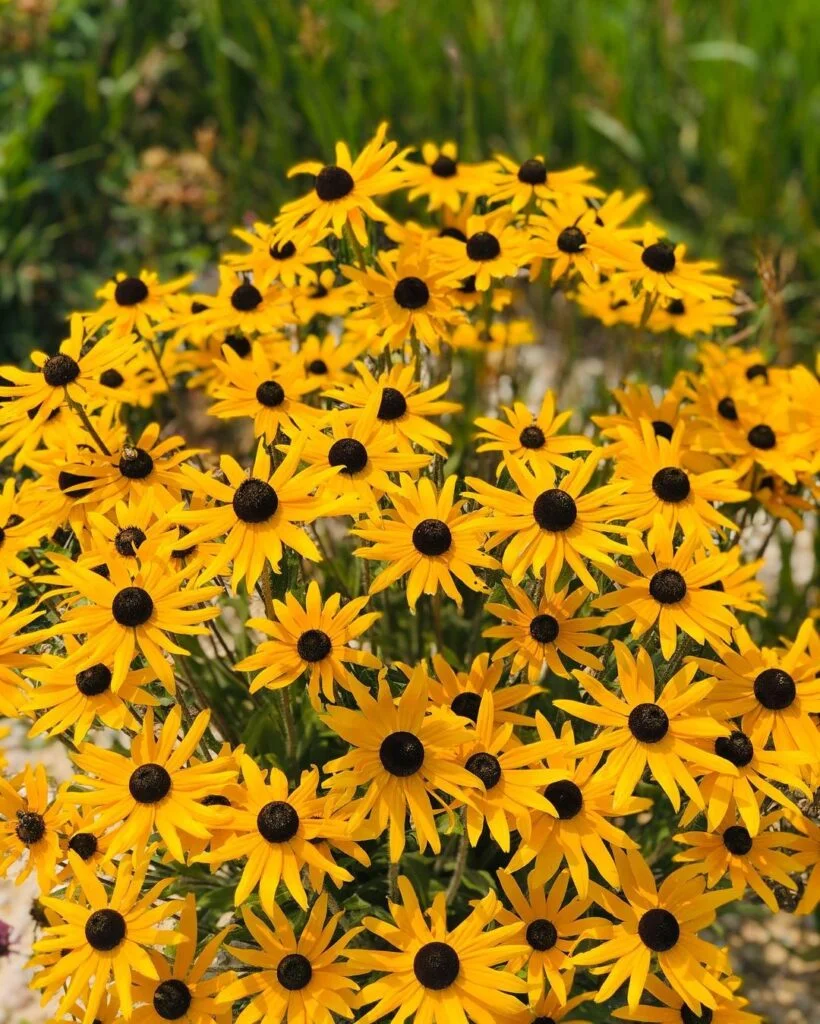
Characteristics:
- Bright yellow flowers with dark centers
- Long blooming period from summer to fall
- Excellent for naturalizing
Care Tips:
- Full sun to partial shade
- Tolerates various soil types
- Deadhead for continuous blooming
For more information on Rudbeckia, check out the Missouri Botanical Garden’s plant finder.
3. Daylilies (Hemerocallis)
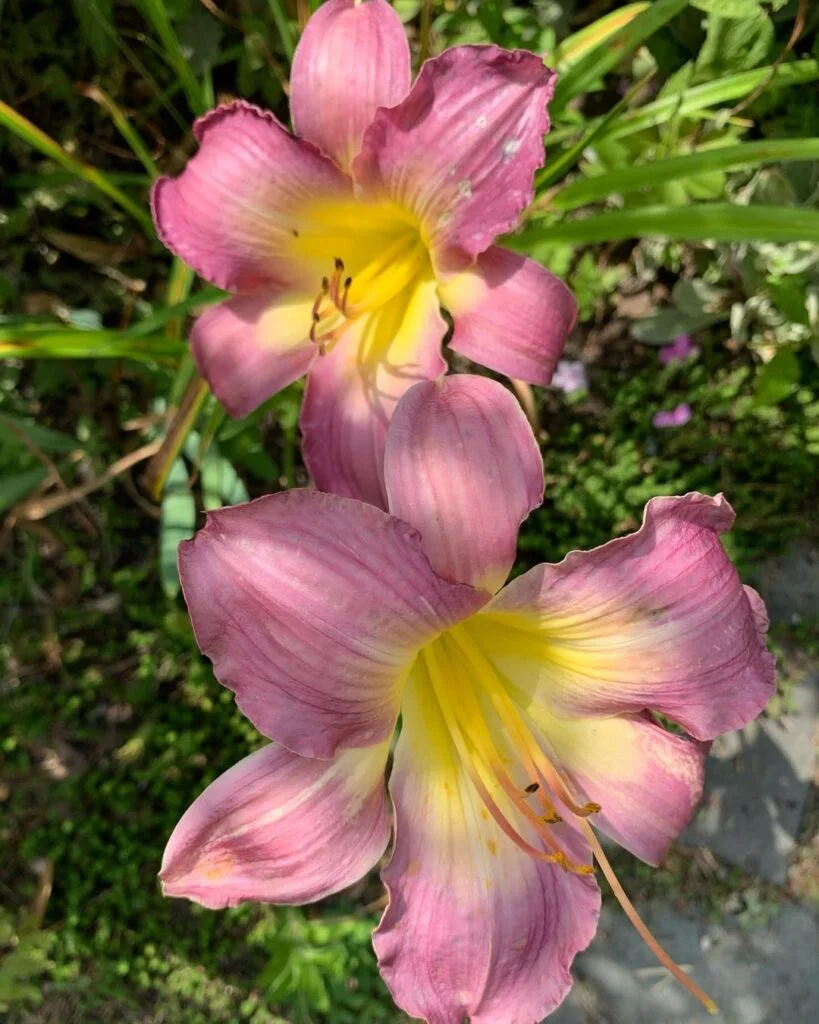
Characteristics:
- Wide range of colors and flower forms
- Blooms throughout summer
- Adaptable to various conditions
Care Tips:
- Full sun to partial shade
- Tolerant of most soil types
- Divide every 3-5 years
Explore daylily varieties at the American Daylily Society.
4. Peonies (Paeonia)
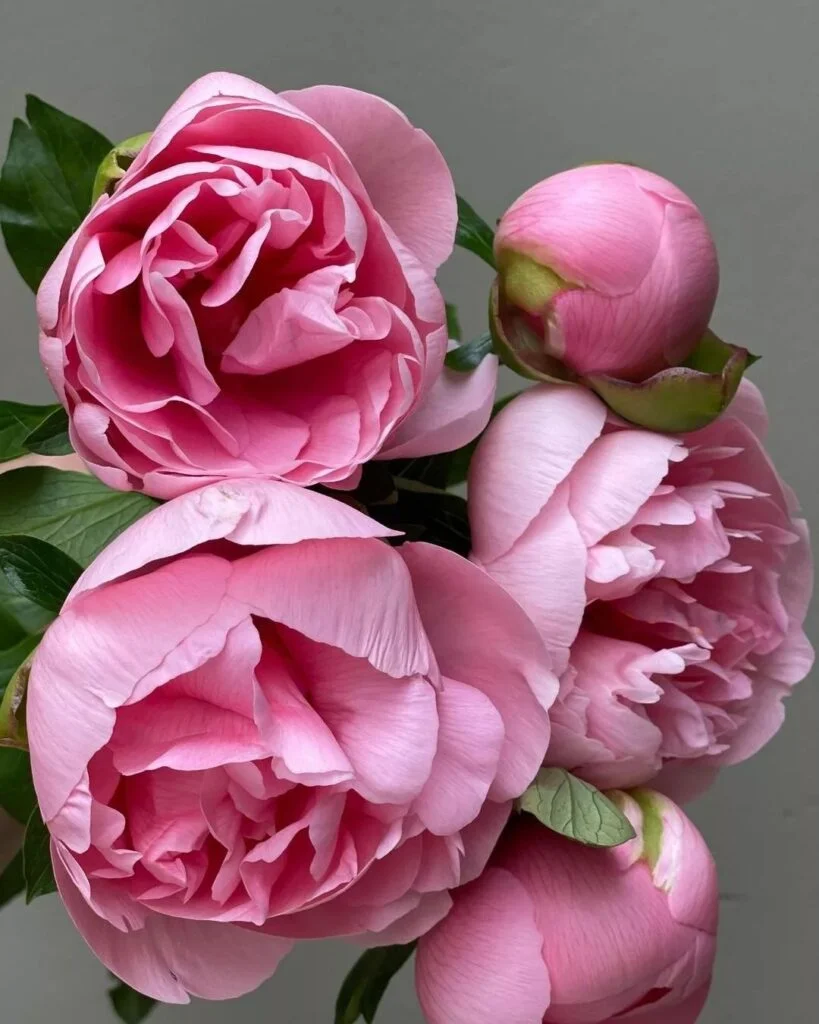
Characteristics:
- Large, fragrant flowers in spring
- Long-lived plants (can last decades)
- Available in various colors
Care Tips:
- Full sun
- Well-draining, rich soil
- Plant with eyes 2 inches below soil surface
Learn about peony care from the University of Minnesota Extension.
5. Hostas
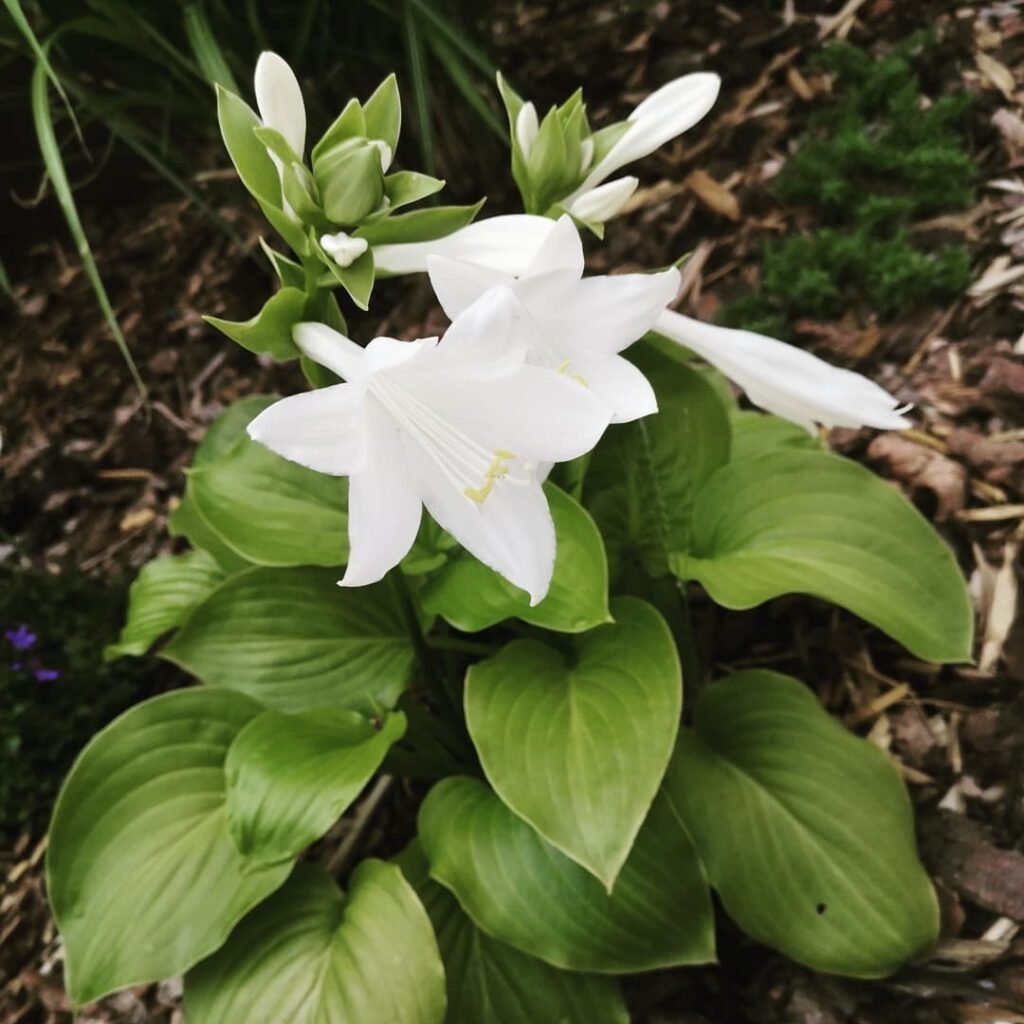
Characteristics:
- Grown primarily for foliage, but also produce flowers
- Shade-tolerant
- Available in various sizes and leaf colors
Care Tips:
- Partial to full shade
- Rich, moist soil
- Protect from slugs and deer
For more on hostas, visit the American Hosta Society.
Additional Zone 5 Perennials to Consider
- Sedum (Stonecrop)
- Salvia (Sage)
- Astilbe
- Yarrow (Achillea)
- Coral Bells (Heuchera)
Tips for Successful Perennial Gardening in Zone 5
Soil Preparation
- Amend soil with organic matter before planting
- Ensure good drainage to prevent winter rot
Mulching
- Apply 2-3 inches of mulch after ground freezes to protect roots
Winter Protection
- Consider using burlap wraps for less hardy plants
Spring Care
- Remove winter mulch gradually as temperatures warm
For more general perennial care tips, visit the Purdue University Extension.
Designing with Zone 5 Perennials
- Mix plants with different bloom times for continuous color
- Consider foliage texture and color for year-round interest
- Group plants with similar water and light requirements
Creating a beautiful perennial garden in Zone 5 is achievable with the right plant selection and care. By choosing hardy, adaptable plants like coneflowers, daylilies, and peonies, you can enjoy a vibrant garden that returns year after year. Remember to consider your specific microclimate, soil conditions, and personal preferences when selecting plants. With proper care and maintenance, your Zone 5 perennial garden will provide beauty and enjoyment for many seasons to come.
For more inspiration and detailed plant information, explore the Royal Horticultural Society’s plant database.
For more gardening tips and plant care guides, visit usagardenhub.com.

